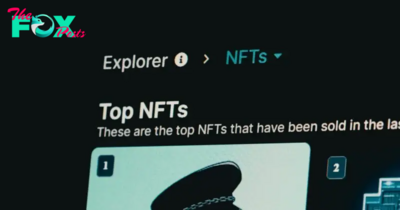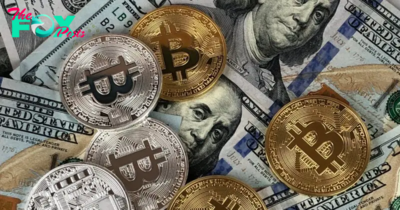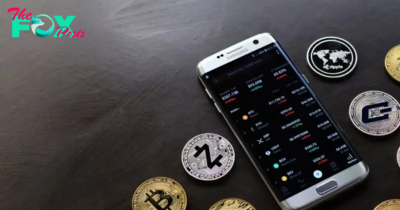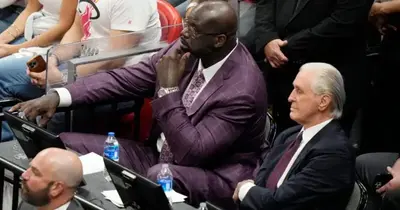Cryptocurrency
Famous Short Seller Jim Chanos Who Flagged Enron Fraud: SBF And FTX Ticked 6 Out Of 7 Boxes From Book On Corporate Fraud
Jim Chanos, a short seller famous for shorting the Houston energy-trading company Enron, which imploded spectacularly in 2001, often refers to the book “The Seven Signs of Ethical Collapse” when talking about identifying financial frauds.
Chanos finds a lot of similarities between Enron’s collapse and the November collapse of Sam Bankman-Fried’s crypto exchange FTX.
Chanos admits he is not a fan of the structure of the crypto industry, which in his view, is “designed to extract fees from really unsuspecting investors and investors that were kind of sold a bill of goods where the bill of goods kept changing.”
The use cases for crypto keep changing, Chanos said in a June 2022 interview with Bloomberg. “It was going to be an alternative currency. It was going to be a store of value. It was going to be an inflation hedge. And at the end of the day, it was really just a speculative asset and speculative asset class with an immense cost structure built around it. So the idea really for the crypto community was: how can we extract the most amount of fees from unsuspecting investors?”
Chanos said he remembered seeing an interview with Sam Bankman-Fried around April 2022, where SBF “kept saying the quiet parts out loud about how the (FTX) business models were in effect Ponzi schemes … It’s not like the warning signs weren’t there,” Chanos added.

Black Americans Have the Highest Mortality Rates But Lowest Levels of Life Insurance
Are you prioritizing your cable Entertainment bill over protecting and investing in your family?
Smart Policies are as low as $30 a month, No Medical Exam Required
Click Here to Get Smart on Protecting Your Family and Loves Ones, No Matter What Happens
The fraud cycle follows the financial cycle with a lag, Chanos explained. Typically, fraud thrives in a bull market. The longer the bull market and the longer the business expansion, typically the worse the waves of fraud that are subsequently discovered. “As it becomes more and more difficult to meet expectations, often the frauds get exponentially worse.”
When markets turn down, people become a little bit more leery since most frauds require new capital to keep going, Chanos said. “They tend to get exposed after the markets turned down… Madoff in December of 2008 is a good example.”
During a recent interview with analyst and podcast host Srivatsan Prakash, Chanos described how FTX and Enron shared the same “black box” characteristics.
Enron was one of the largest companies in the U.S. before collapsing almost overnight, shocking Wall Street and devastating thousands of its employee shareholders. Led by former McKinsey & Company consultant Jeffrey Skilling, Enron executives perPetrated accounting fraud, falsely inflating the company’s revenues. Once the fraud was exposed, the company unraveled. When it filed for Chapter 11 bankruptcy in December 2001, Enron shares, once worth $90.75 were trading at $0.26. It was the largest bankruptcy in U.S. History at the time and the biggest audit failure. To this day, many wonder how it happened.
The collapse of Bankman-Fried’s $32 billion FTX crypto exchange stunned crypto markets in November.
Chanos talked about the black box model in an interview with Srivatsan Prakash, host of the Market Champions podcast and an analyst at Simplify ETFs.
A black box is a device, system, or object that produces useful information without revealing any information about its internal workings, making it opaque,” according to Investopedia. Investment advisors who use black box methods can conceal the true risk of the assets they recommend under the guise of protecting proprietary Technology. That leaves investors and regulators without the facts that they need to assess risk. The increasing use of black box methods poses concerns in financial markets. A black box model is not inherently risky but does raise governance and ethical questions.
Enron and FTX were similar in that they both employed the black box model, Chanos said. “SBF was probably the anti-Jeff Skilling in terms of he was everything personally that Jeff Skilling wasn’t. Jeff was very slick and polished, and SBF … was probably not slick and polished, but that was part of his persona clearly. Enron was a trust-me story. When I would ask the sell-side analyst, ‘Well just how are they making their money?’ they would sort of say, ‘Well it doesn’t matter, they just do and they beat their earnings projections every quarter. And it’s a black box and you just have to have faith.’ And I said, ‘Well you know if they’re going to defraud you isn’t that exactly how they would do it?’ Fast forward 20 years, we see the crypto industry following a little bit of that model.”
Both Enron and FTX fit one of the courses Chanos teaches on fraud based on Marianne Jennings‘ book, “The Seven Signs Of Ethical Collapse.” Jennings is a professor of legal and ethical studies in Business in the Department of Management in the W.P. Carey School of Business at Arizona State University.
In the book, Jennings presents a seven-point checklist of attributes common among companies that have committed serious fraud. They are the common threads she said she’s found that make good people at great companies do really dumb, unethical things:
- Pressure to maintain numbers
- Fear and silence
- Young ‘uns and a bigger-than-life CEO
- Weak board of directors
- Conflicts of interest overlooked or unaddressed
- Innovation like no other company
- Goodness in some areas atones for evil in others
“Enron ticked all seven,” Chanos said. “I was conversing with someone the other day who knows the model and we kind of agreed that SBF and FTX ticked off six of the seven… they share a lot of the same characteristics.”
Chanos said he finds it to be the ultimate irony that the crypto community is now “talking and sort of begging and asking where are the regulators. It’s really truly the ultimate irony since the crypto ethos was about really being outside of the regulatory environment and being a separate and independent system.”
Photo: James Chanos, July 18, 2018, screenshot from CNBC, https://www.youtube.com/watch?v=4F2EigcLlZQ
-

 Cryptocurrency5m ago
Cryptocurrency5m agoThe Incrypted Team Will Host the Online Marathon 2024
-
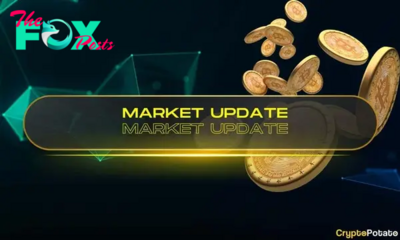
 Cryptocurrency5m ago
Cryptocurrency5m agoCelebrity Meme Coins, Binance Coin Bull Run and Bitcoin’s Rally: This Week’s Crypto Recap
-
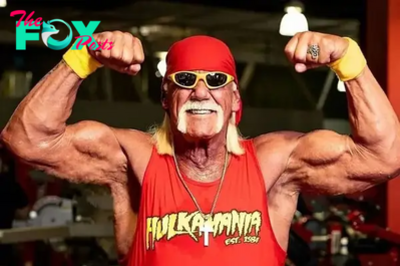
 Cryptocurrency5m ago
Cryptocurrency5m agoHulk Hogan Memecoin Slammed in $17 Million Crypto Rug Smackdown
-

 Cryptocurrency5m ago
Cryptocurrency5m agoSealana’s $3M+ Meme Coin Presale Enters Final Stage as Some Analysts Forecast Big Gains
-

 Cryptocurrency5m ago
Cryptocurrency5m agoCould This New Meme Coin Be the Next Pepe? WienerAI ICO Approaches $5M
-
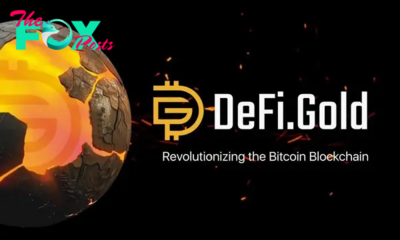
 Cryptocurrency5m ago
Cryptocurrency5m agoDeFi.Gold and Babylonchain form a Strategic Alliance to Enable Bitcoin Staking and Yield on Other Blockchains
-
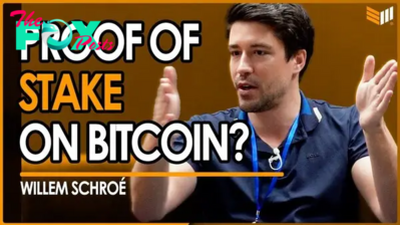
 Cryptocurrency5m ago
Cryptocurrency5m agoBotanix's Federated Sidechain Is Bringing Proof of Stake To Bitcoin
-
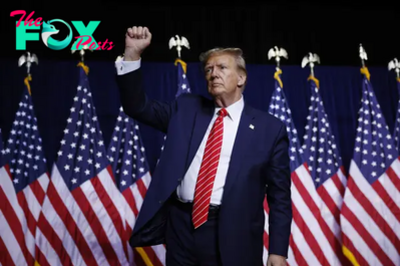
 Cryptocurrency5m ago
Cryptocurrency5m agoWhy Donald Trump Loves Bitcoin
